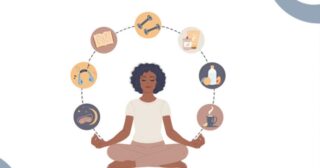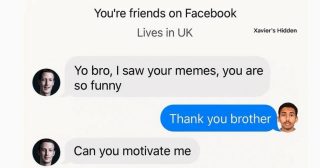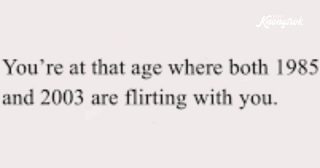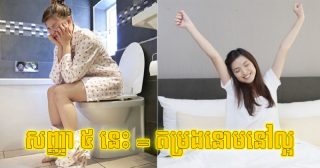Unmasking the Robber: A Puzzle of Shadows and Clues
Here’s a detailed article based on the image:
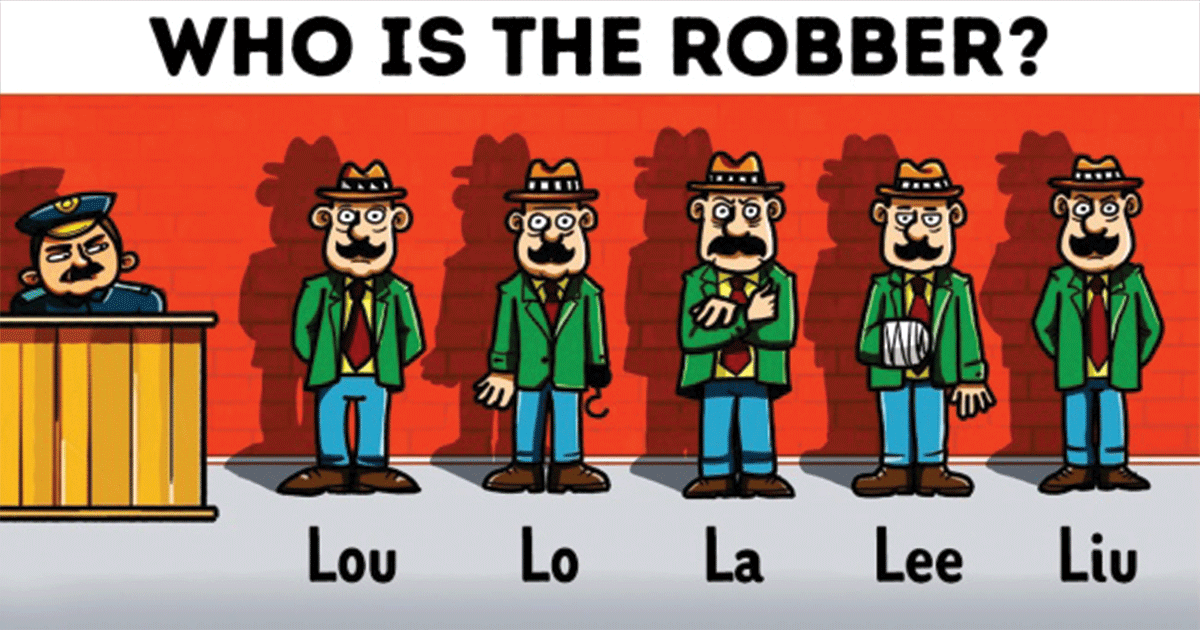
Unmasking the Robber: A Puzzle of Shadows and Clues
Introduction
Puzzles and riddles are a great way to engage our minds and challenge our perception. One such puzzle, shown in the image above, asks the question: “Who is the robber?” At first glance, all five suspects appear similar, wearing the same outfit with a green coat, red tie, and brown hat. However, a careful observation reveals subtle details that help us identify the culprit.
This article will dive deep into analyzing the image, breaking down logical steps, and exploring the psychology behind such visual puzzles.
Analyzing the Image
Before solving the puzzle, let’s break it down systematically.
1. The Police Officer’s Expression
The police officer on the left is scrutinizing the suspects carefully, which implies that there is only one robber among them. This means that only one of the five individuals has a defining characteristic that exposes them.
2. Identical Outfits with Small Differences
All five individuals look almost identical at first glance, wearing:
• A green jacket
• A red tie
• A hat with a ribbon
• A mustache
• Brown shoes
But the key to solving this puzzle is in the details.
3. Examining Their Shadows
One of the most important clues is in their shadows. Each person has a shadow on the wall behind them, but one of the shadows doesn’t match the person standing in front of it.
Looking closely, the suspect Lo is holding a cane, but his shadow shows a hand holding a gun. This discrepancy suggests that he is the robber.
The Role of Shadows in Solving Mysteries
Shadows have often been used as storytelling tools in literature, films, and art. In detective stories and mystery novels, shadows frequently reveal hidden truths that characters try to conceal.
This puzzle cleverly plays on this idea by making the robber’s real intentions visible through his shadow, even though he appears normal at first glance.
Why Do We Overlook Shadows?
Humans are wired to focus on primary objects rather than their reflections or shadows. Our brains process faces and main objects faster than background elements. This is why many people might initially miss the key clue in this puzzle.
The Psychology Behind This Puzzle
Puzzles like this engage our cognitive abilities in various ways. Here are some of the psychological principles at play:
1. Pattern Recognition
Our brains naturally look for familiar patterns. Since all five suspects have similar features, our instinct is to assume they are the same and miss minor differences. However, recognizing the odd pattern (the shadow) is what leads to the solution.
2. Attention to Detail
This puzzle tests how well we observe details. Many people might immediately look at facial expressions, missing the shadow. This reinforces the idea that being detail-oriented is a valuable skill, not just in puzzles but in real-life situations like investigations or scientific research.
3. The Power of Illusions
Optical illusions and visual tricks manipulate the way we perceive reality. In this case, the suspect “Lo” appears innocent until we analyze his shadow. The brain initially registers only what’s in the foreground, while the background takes a secondary focus.
Other Possible Clues
Apart from the shadow, there might be other hints in the image:
1. Body Language
Some suspects stand more naturally, while “Lo” seems to be holding his cane in an unusual way—perhaps to conceal something.
2. Injured Hand (Lee)
One suspect, “Lee,” has a bandaged hand. Some might suspect him due to his injury, thinking he got hurt during the crime. However, this could be a red herring, misleading us from the real culprit.
3. Suspicious Expressions
Most suspects have a neutral expression, but “Lo” appears more rigid, possibly nervous.
Lessons We Can Learn from This Puzzle
Beyond being an entertaining brain teaser, this puzzle teaches us important life skills:
1. Always Look Beyond the Obvious
The most apparent answer is not always the correct one. By looking at hidden details, such as shadows or reflections, we can uncover deeper truths.
2. Pay Attention to the Smallest Details
Many mistakes or deceptions are revealed in the fine details. Whether it’s a forensic investigation, financial auditing, or even reading between the lines in conversations, observing minute details can help uncover hidden truths.
3. Critical Thinking is Key
Jumping to conclusions can lead to errors. This puzzle encourages logical deduction and careful examination rather than assuming based on first impressions.
Similar Puzzles and Their Fascination
This type of puzzle is part of a broader category known as visual and logical reasoning puzzles. Some other examples include:
•Spot the Difference: Finding subtle changes in two seemingly identical images.
•Hidden Object Puzzles: Searching for concealed items within a busy scene.
•Logic Grid Puzzles: Using logical deduction to solve problems step by step.
These puzzles have been used in intelligence tests, cognitive training exercises, and even law enforcement training to enhance observational skills.
The Role of Puzzles in Intelligence and Problem-Solving
Studies show that solving puzzles improves cognitive function, including:
•Enhanced Memory Retention – The brain strengthens its ability to recall details.
•Improved Concentration – Focusing on small clues sharpens attention span.
•Boosted Problem-Solving Skills – Analyzing multiple aspects to find solutions enhances analytical thinking.
Law enforcement officers, forensic experts, and detectives often undergo similar observation-based tests to sharpen their skills.
Conclusion
The question “Who is the robber?” is not just about spotting the odd man out—it’s about paying attention to details that are often overlooked. The shadow reveals the true culprit, proving that sometimes, the most important clues are hidden in plain sight.
This puzzle is an excellent reminder that perception can be deceptive, and real intelligence comes from careful analysis and critical thinking. Whether you’re solving a crime, making a big decision, or just tackling everyday problems, always remember to look beyond the obvious.
Would you like to see more puzzles like this broken down in a similar way? Let me know, and we can analyze more tricky riddles together!

